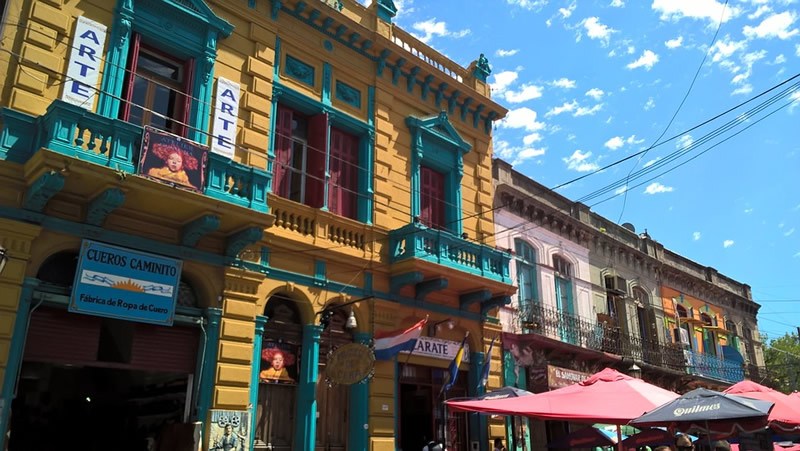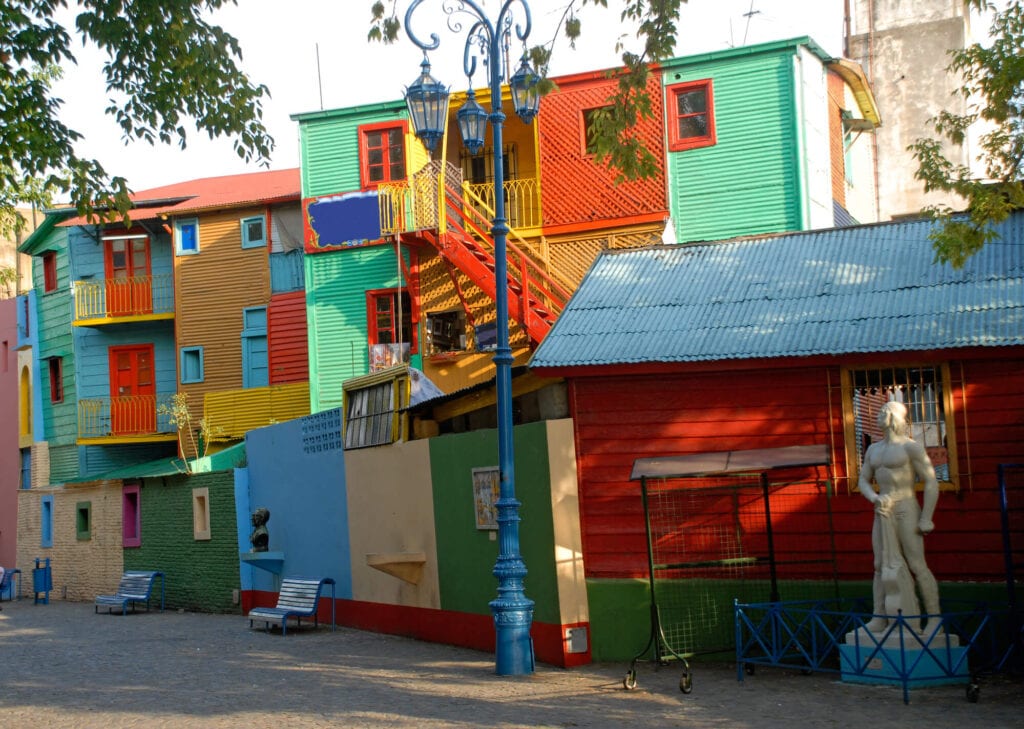
WEIGHT: 47 kg
Bust: C
One HOUR:70$
NIGHT: +90$
Sex services: Rimming (receiving), Massage classic, Facial, Fetish, Sex anal
The un-detached house in this photograph belongs to Gustavo D. It is located in Caballito - a traditional middle-class neighbourhood that sits at the geographical and cultural heart of Buenos Aires, Argentina.
It was built at the turn of the 20th century by his grandfather who, like many skilled Europeans, migrated from Genoa in Italy. Until recently, this neighbourhood still had the social and cultural qualities of the early twentieth century Buenos Aires. Now with the destruction of the old urban fabric, these homes - the petrified memories of Genoa, Naples, Odessa and Paris - have all but disappeared in many neighbourhoods.

But the concerns of local residents like Gustavo go beyond their own back yards. They argue that market forces have become the dominant players in the planning and development of investment-worthy neighbourhoods in Buenos Aires, creating places that meet the short-term demands for capital rather than the long-term needs of residents for a liveable city.
Since activists like Gustavo have been campaigning relentlessly for planning restrictions on the permissible heights of new developments. Building on the strong social ties within the neighbourhood, they have managed to form powerful groups such as Proto Comuna Caballito and SOS Caballito as well as linking with city-wide groups with shared concerns, such as Basta de Demoler!

Stop the Demolitions! Together and sometimes apart Caballito activists made the case that the day-to-day infrastructure of the community was being massively overstretched by unregulated densification. They took to the streets, used the media, neighbourhood forums and online social networks to make their voices heard. Putting pressure on local government officials, the national water supplier AySA was forced to do a study on the availability of water infrastructure, such as sewers, in certain neighbourhoods undergoing densification.



































